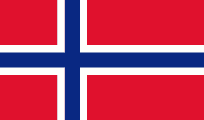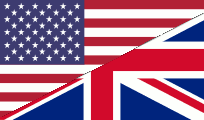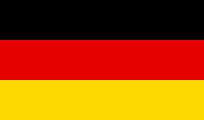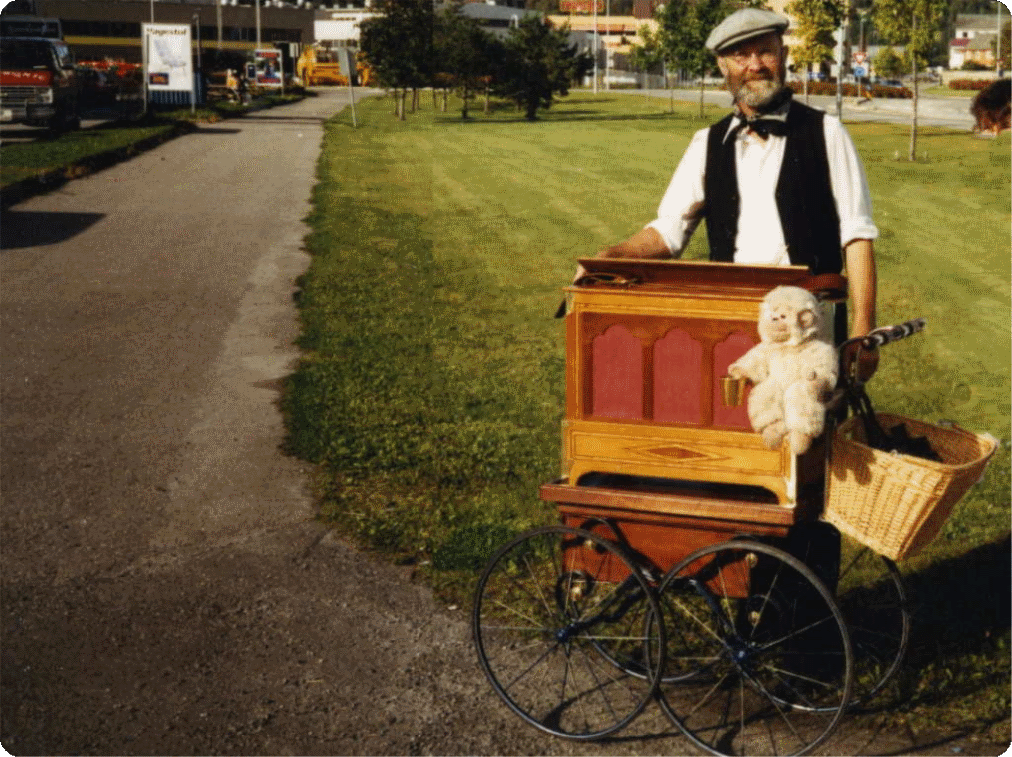
THE MUSIC
Steinkjerpositives, their music
local dances og and german dances.
The repertoire on the Steinkjerpositives was originally local music played by fiddlers in the area around Steinkjer. It consisted mostly of round dances such as the waltz. In addition to this we can mention Polka, Reinlender (schottische) and Masurka (Mazourka). With the growing popularity of the Steinkjerpositives, the was a need for more repertoire. Eventually the dances which came to be called "German dances " became popular. The Reinlender was already included in 1866, while there were fewer pols dances (Nordic Polska) pinned to the barrels. Most of the tunes have no name, and are of unknown origin.
Work done to save and
register the music from the barrels.
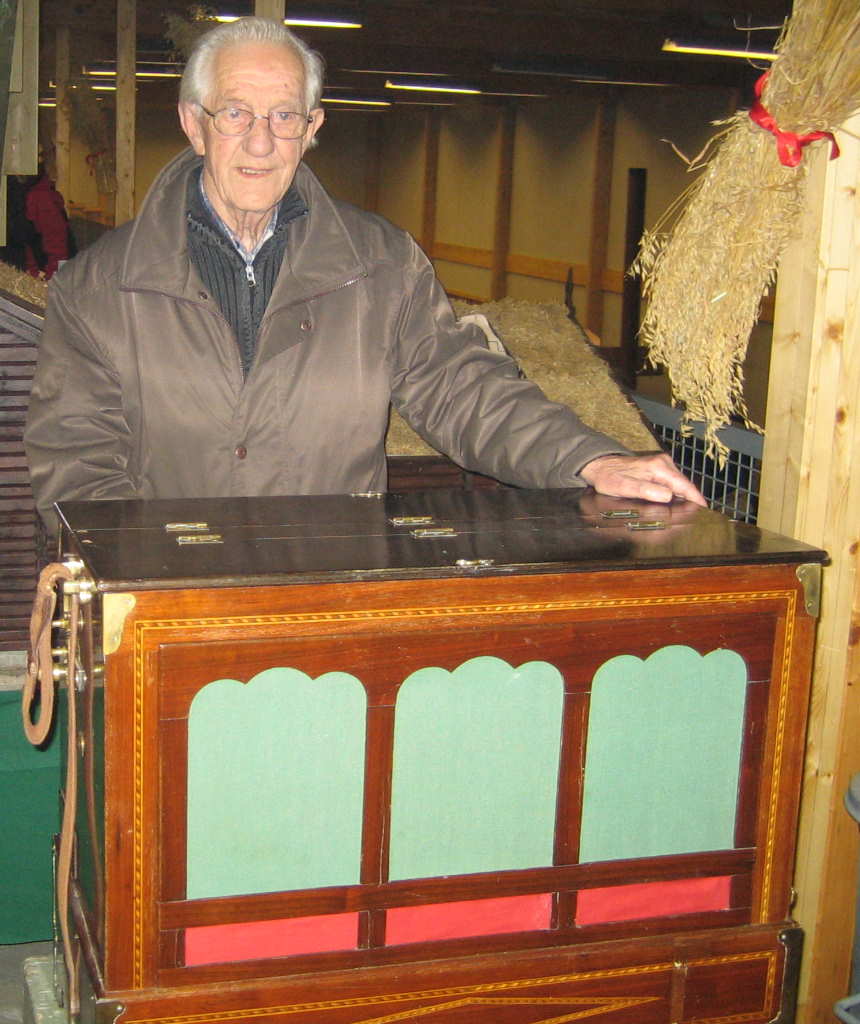
Charles Karlsen plays the positive owned by Egge Museum
Charles Karlsen worked for many years collecting the music on the remaining instruments. He visited most of the known Steinkjerpositives around Norway in order to document the instruments and to record the music on them. He recorded around 1200 tunes during this work. Quite a few have been cataloged and have been transcribed into sheet music. The book "28 positivslåtter" was published in 1996, and contained sheet music from some of the positives built between 1860 and 1890.
Charles was employed at Arbeider-Avisa (Worker News), a Trondheim newspaper, a few years before he started to work for the Steinkjer and Egge museums. He wrote countless articles for the Egge historical association's yearbook for many years, in addition to the Steinkjer Museum's 50-year anniversary essay in 1979. His sound recordings of the positives are included in this digital museums database.
The work is ongoing, and it will take some time before all the recordings are cataloged. In addition, new instruments are surfacing both in Norway and abroad which also need to be added.
Documentation now-a-days is easier because we have digital communication, and the internet allows for easy file sharing. Many Steinkjerpositives which emigrated with Norwegians have been found and the music recorded.
The musicdatabase
The positive barrels are important culturally and musically, since the fact they are unique examples of "digitized" and preserved music from a time which was characterized of obidient manual transfer of music between musicians.
The repertoire in the Steinkjerpositives consists with a few exceptions of round dances, and the Norwegian traditional round dances are divided into four main groups, waltz, polka, masurka and reinlender. The music is that of local fiddlers. It has been confirmed that quite a bit of the repertoire on the barrels are still in use today. A great challenge with cataloging is without doubt the fact that most of that tunes have no names.
Unlike the usual practise with musical boxes, no indexes with names were written back then, neither on the barrels nor inside the crates.
A great part of the later music came from sheet music, also called "musicalies" which were sold in great numbers the last decade of the 1800's. Many of these were used by the positivmakers, and we find as an example Schumann's Träumerei on a roll from 1885 which comes from such sheet music. With a production of more than 500 instruments, there was always a need for new extended repertoire. Sheet music which could be ordered by mail was often used. Around 1900 the "Tornblumen booklet" was issued regularly, and this was a great source for new music. Music from these booklets has in retrospect been referred to as the "German music".
Timeline
In order to follow a tune's development over time, the music is listed below by the year in which it was pinned to a barrel. This allows us to hear how the positivmakers over time improved their products. If a tune is used in a later positive, every recording is marked with the year. This gives a good picture for how the music developed over time when the instruments were made. The year used in the database reflects the year when the barrel was made, not the instrument playing it.
The music in Steinkjerpositives is characterized by the condition of the mechanics and the pipes in the instrument. This makes it hard to classify well. But the tunes are classified by type, as described below. In many examples is the tune classified, for example, as Polka, when it is merely similar to the Polka style. The tune's performance is dependent on both the person cranking the instrument and the instrument itself.
Reinlender is a dance for couples that is in 2/4 or 4/4 beat, at a leisurely pace. As a rule, it has two eight-measure repeats.
Walts is a 3-beat couple dance from the 18th century. The dance is of Austrian origin.
Gallop is a German couple dance, a lively round and round dance. The dance became very popular in Europe in the 19th century.
March music is originally intended to march on at 4/4 or 2/4 beat, less frequently at 6/8; the form is three parts. Special march types are marches for weddings and mourning.
Mazurka is an old Polish national dance in uneven 3-beats and moderate tempo.
Pols is an old Norwegian 4-part couple dance (2 + 2) at uneven 3-beats and moderate tempo.
Polka is a lively 2 beats couple dance which probably originated in Prague approx. 1830.
Some tunes in the Steinkjerpositives cannot be categorized, and were often popularmusic in the period when the positive were built. These are collected in a special category at the bottom.
